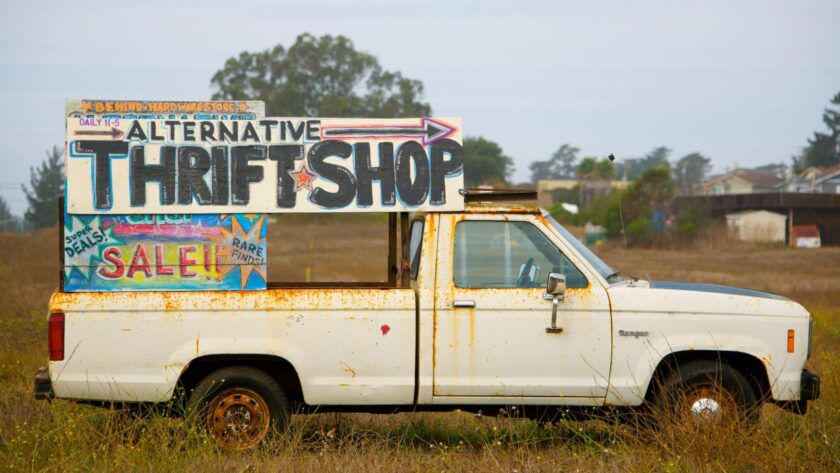You’ve cleared out space in the garage, you’ve got some cash to spend, and you have cheap storage units nearby if you need them for extra storage – now all you need are some treasures! Many people just like you are making a surprising amount of money finding valuable collectibles at flea markets. And they don’t have any special insider knowledge – it just takes a bit of practice and the following five strategies:
1. The Early Bird Catches the Worm
The most passionate collectors will get to the flea market early. Some places allow early entry for an extra fee, and others simply have a set opening time you can arrive at and have first pick of the goodies. Be ready to pay a little extra to buy things right at the start, but don’t be afraid to haggle a little – many people just want to get some early cash in their tin.
2. The More You See, the Better Your Chances
In America, there are over 25,000 resale, consignment, and not-for-profit resale shops. Then, of course, there are the flea markets and garage sales. Attend them regularly, and you’ll develop an eye for what is common, and what isn’t; what prices are good, and which aren’t. You can also practice reverse-searching images of items to look at average online sale prices. Another way to get an idea of pricing is to use eBay’s advanced search feature to look for sold listings of the items you’re considering. Then you can see the usual selling price. Armed with this info, it’s time to practice your haggling skills!
3. Develop Your Eye for Detail
Porcelain, glass, and other items need to be in pristine condition to be valuable. Toys should be boxed, while art may require paperwork to prove provenance. Additionally, items like pottery have small marks on them that can reveal where they are from, when they were made, and most importantly, how much they are worth.
By checking the details, you ensure your treasures are in the best possible condition, making them worth as much as possible (within their respective categories).
4. Learn to Test
You can test different materials to see how valuable they are. For example, you can conduct a sparkle test on diamonds using the torch on your phone. Simply hold the diamond under the light and see how light reflects off the stone. If colorful light reflects onto a nearby surface, and bright shimmers emanate from the stone, chances are it’s a quality diamond. You can practice this method by comparing a real diamond to something like cubic zirconia.
Another good example of testing valuables is with vintage clothing. Everything from the smell to the materials in the tag, the weight, and the stitching can let you know about the authenticity of the item.
These tricks will help you push your treasure hunting even further.
5. Follow the Trends
The value of some items remains steady over time. However, trends can cause value fluctuations with many products. The earlier you identify a trend, the sooner you can snag bargains and make a tidy profit on resale.
For example, if 90s fashion trends have swung back around (hint: they have), suddenly the local garage sale full of bucket hats, slip dresses, and platforms is a gold mine. If you’re onto the trend early, you’ll not only be able to buy these things cheaply, but you’ll also have less competition from other buyers who have not recognized it yet. Best of all, you’ll have plenty of motivated buyers when everyone catches up.
With research and practice, you can snap up some epic bargains at flea markets. Happy hunting!



